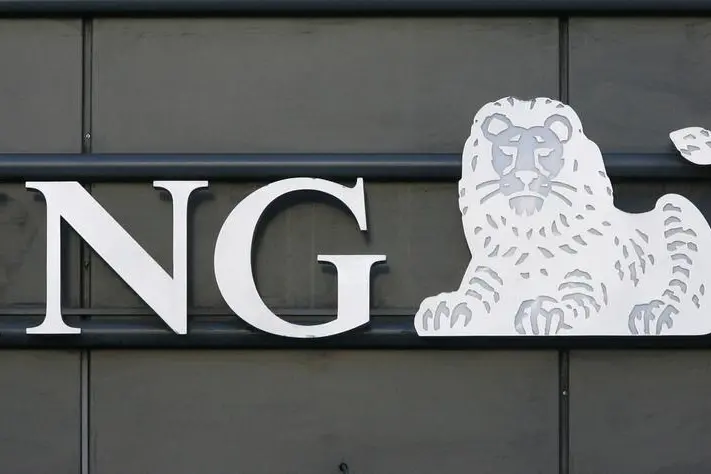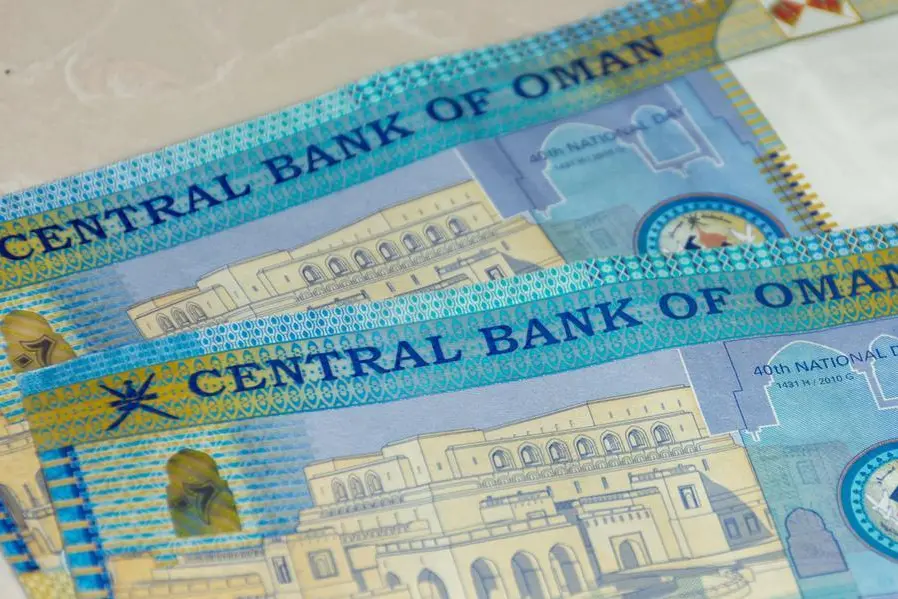PHOTO
In the past two years, we have seen a number of bank mergers take place in the GCC with further mergers either rumoured or announced in the market. Bank mergers are not a new concept, but with the growing economies of the region, they are starting to make more sense for local institutions that want to become prominent global players.
With foreign operations now accounting for about 15 per cent of foreign banking assets in the GCC, international business is gaining significance as a key avenue of long- term growth. Bank mergers are on the rise as banks face the pressures of their home market and begin to consider promising opportunities in new marketsa key to the drive of international expansions.
Home market challenges range from slowing growth and profit pressures due to saturation and strong competition to the need for global diversification, global needs of global corporates, and the ability to tap the opportunities with trade and expats.
Many GCC banks note attractive long-term growth potential in emerging markets, the exits by European banks that are creating inorganic opportunities for GCC banks, and the weakening of currencies in select target markets.
While the cost synergies of a bank merger can be tempting, the strategies to execute such a consolidation vary significantly and there is no one size fits all approach to expansions. Most small to mid-sized banks, whether conventional or Islamic banks have operations in five or lesser countries with a global footprint mostly limited to GCC countries and one to two MENA countries.
Select large banks, all conventional, have taken a more aggressive footprint to create a global proposition. Furthermore, a number of GCC banks observe a healthy capital position, requisite scale, and supportive shareholders also provide the necessary impetus for international expansions. However, not all international expansion strategies have yielded desired returns.
In the past few years, one of three GCC banks incurred losses in their international operations. Only two out of every five banks are witnessing improvement in returns compared to the previous year. For many banks, international operations have become a drag on overall profitability as their returns are below home market operations and internal hurdle rates.
Nevertheless, history has shown that GCC banks can create greater shareholder value through optimisation of their existing country portfolios and through selective investments in new, strategic markets. A portfolio review can reveal significant value creation opportunities that would boost a banks return profile. Moreover, it can identify where capital and resources can be freed up for investment in more promising markets.
There are seven different primary factors for under-performance of an international portfolio. The value wreckers are:
Lack of clarity on long-term strategy and aspirations
Sub-scale operations
Business risks that are not adequately factored
Continuing unviable product lines
Limited offerings with no differentiation
Limited management focus and/or investment from the headquarters
Inappropriate set-up with a sub-optimal licence
Banks can significantly improve returns by addressing these sources of value leakage. If the two or more merging banks are able to successfully address the factors of an under-performing portfolio and mitigate risk, they will see the benefits of the newly established entity in both the local and global markets.
BENEFITS BANK MERGERS
Rather than be a cause of financial risk, a bank merger whether between locally licenced or internationally established bankscan benefit as a new entity in several ways. Advantages include the increased ability to compete, benefits to the local economy, the provision of a wider range of products and services, and the opportunity for synergies.
With the growth that comes from the merging of two or more banks, they will also have the capabilities to service larger ticket transactions and reach customers that were previously unavailable to them.
Similarly, a merged entity will be able to leverage existing customer relationships to cross-sell the expanded list of products and services. Through consolidation, the new entity can also help reduce the high fragmentation in the banking sector while maintaining a highly efficient financial services sector in the home market.
In addition, bank mergers increase the potential ability for the new combined bank to raise funds as a result of an increase in public confidence and a potential improvement in the credit rating of the new entity. The merged banks cost of funds may potentially decrease because of a wider range of correspondent banking relationships and a potential decrease in the risk profile of the entity.
Perhaps the biggest benefit is the cost synergies banks will experience as the result of a merger, which is typically driven by the consolidation of overlapping branches between banks, operation efficiencies through the combination of international offices based in common geographies and other core and non-core functions.
Combining correspondent banking relations also results in a wider network of correspondent banks and proportionally lower minimum relationship requirement. In addition to cost synergies, revenue synergies will also be driven by complementary products and services that can be offered to the combined customer base. Finally, there is also the opportunity to benefit from funding synergies.
MITIGATING THE RISK OF BANK MERGERS
There are several key considerations that must be evaluated ahead of a bank merger. They include facets such as:
Strategy
Finance
Accounting
Regulatory
Governance
Operations
Communication
Each division has its role to play in securing the success of the merger. For example, to ensure governance, a steering committee must be created to represent all parties early on in the process. This steering committee would resolve the key merger issues on a continuing basis, drive the overall integration process and synergy realisation, and have a defined integration plan that lists the resourcing structure for each of the main workstreams.
The opportunities for bank mergers are high, especially since financial institutions will continue to face the pressure of cost reductions and an increased focus on cost-to-income ratios for the next several years. To accommodate these challenges banks are looking at the potential optimisation of their international operations and determining the markets to grow and remain in vs the markets to wind down operations in or completely exit.
In addition, the banking industry as a whole is making way for the automation and digital agenda, as fintech becomes an area of play to meet the demands of customers. The potential of a merger to fill in any service or internal gaps while increasing cost synergies should make the notion of consolidation an appealing one to many in the banking industry.
BANK MERGERS INCREASE THE POTENTIAL ABILITY FOR THE NEW COMBINED BANK TO RAISE FUNDS AS A RESULT OF AN INCREASE IN PUBLIC CONFIDENCE AND A POTENTIAL IMPROVEMENT IN THE CREDIT RATING OF THE NEW ENTITY.
Mayur Pau
NEVERTHELESS, HISTORY HAS SHOWN THAT GCC BANKS CAN CREATE GREATER SHAREHOLDER VALUE THROUGH OPTIMISATION OF THEIR EXISTING COUNTRY PORTFOLIOS AND THROUGH SELECTIVE INVESTMENTS IN NEW, STRATEGIC MARKETS.
Mayur Pau
2020 CPI Financial. All rights reserved. Provided by SyndiGate Media Inc. (Syndigate.info).























